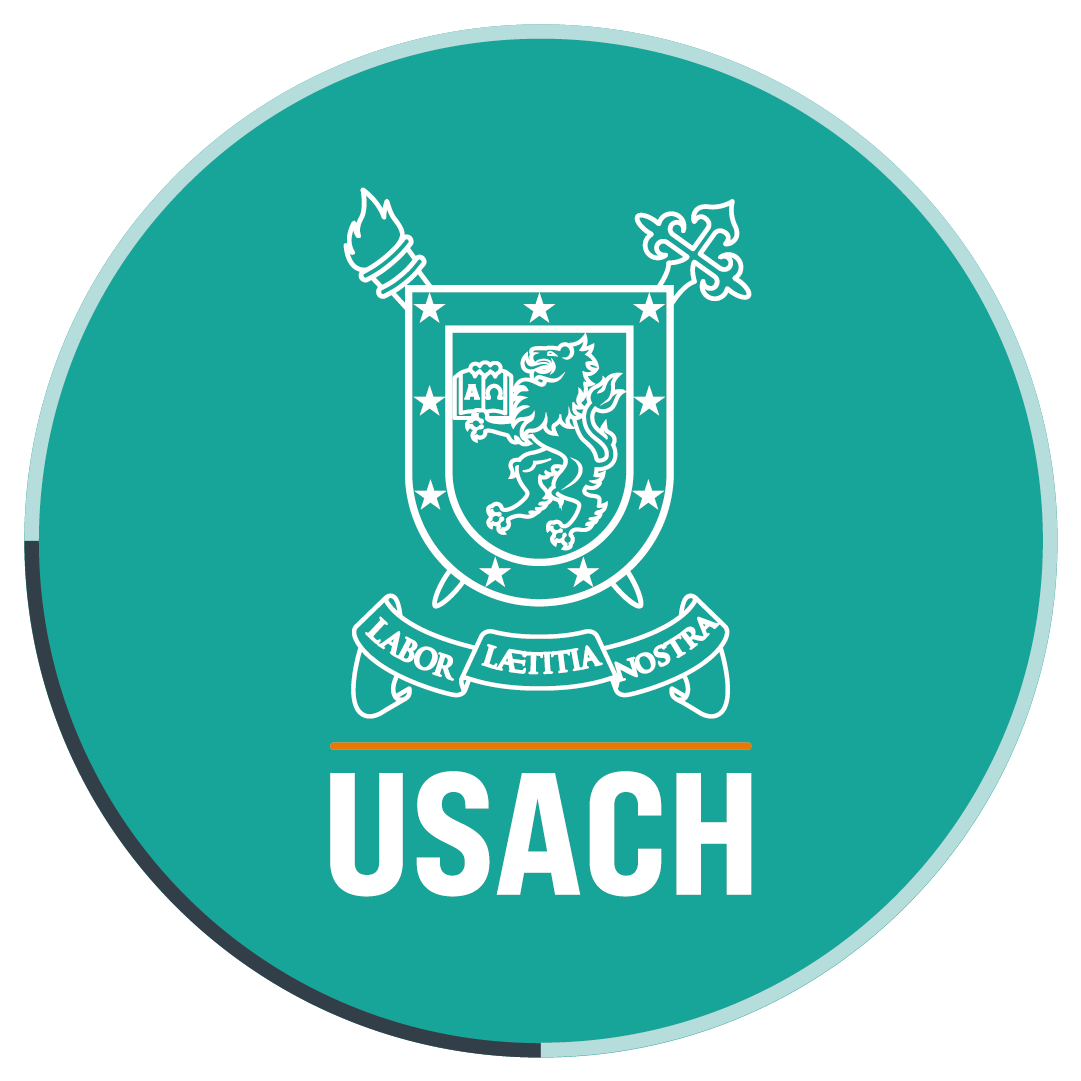Professor at Universidad de Santiago recognized as the best reviewer by international scientific journal
- Dr Manuel Azócar, professor at the Department of Chemistry of Materials of Universidad de Santiago was recognized as the best scientific publication reviewer in the Material Science Engineering C international journal. The expert is also a reviewer in other six different journals in this field in the United States, Asia, Europe and Latin America.
Dr Manuel Azócar, professor at the Department of Chemistry of Materials of Universidad de Santiago was recognized as the best scientific publication reviewer in the Material Science Engineering C international journal, for reviewing around 30 papers in one year.
He is also a reviewer for other six journals in the field for which he usually evaluates the standard: an average of 5 article submissions. However, for the journal that recognized him, he evaluated an outstanding number of papers, so it demanded a very intense work. He expressed his gratitude for this recognition and said that he has reviewed works from the United States, Asia, Europe and Latin America.
Dr Azócar has also published in the Material Science Engineering C journal since 2014 before becoming a reviewer.
He became a reviewer on his own merit, studying materials with potential medical applications, specifically metals like copper and silver, which have antibacterial properties to combat bacteria, viruses and fungi, among other microorganisms.
All the articles undergo an expert “blind review”. This means that the author does not know who is evaluating his/her article. The committee is made up of two reviewers and they decide if the article is accepted or not. If there is a tie, they may call for a third opinion.
Dr Azócar says that the process for the approval of scientific publications is very rigorous. “I rejected 60% of the articles. This usually happens, because in science, the standards to accept articles are very strict. Most of the article submissions are usually rejected for writing problems, poor contributions, and poor quality and lack of novelty,” he explains.
Scientific connectivity
The Materials Science and Engineering C: Materials for Biological Applications journal can be digitally accessed and Universidad de Santiago has subscribed to it, so academics can log in through the university account.
He says that information at a scientific level is increasingly democratising. “Many things have changed in science, like open access articles (PDF) which publication costs are paid by the authors and networking sites, like ResearchGate, a sort of “Facebook” for scientists,” he adds.
Goals and expectations
Dr Azócar expects to continue both publishing and reviewing at an international level. “Being considered at a global level is very interesting. They should know that there are people in Chile with a voice to give opinions on specific issues,” he explains.
He says that the journal has helped him in his professional positioning and career. “All these references help scientists to be good professionals, to be formally recognized and valued by the university. Besides, this benefits my future research work, because it gives me more credibility in my field of work. In the scientific career, the scientist is constantly growing up in time,” he concludes.
Translated by Marcela Contreras

